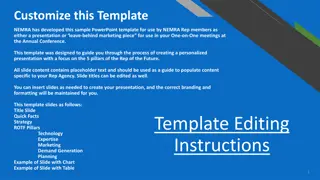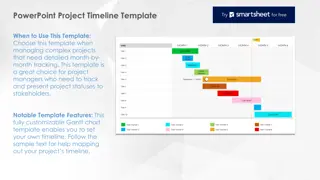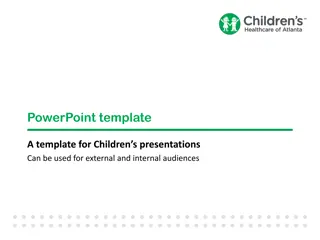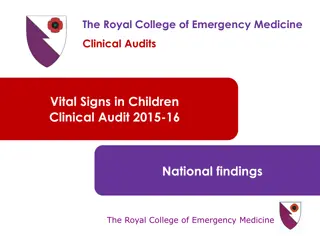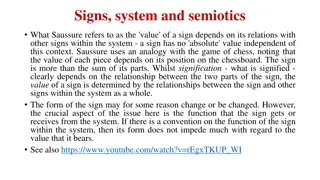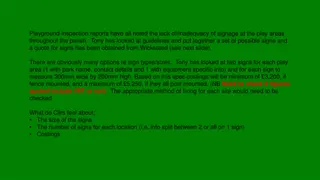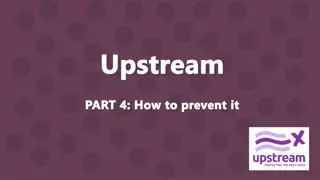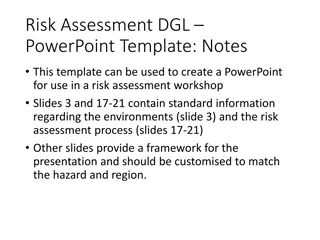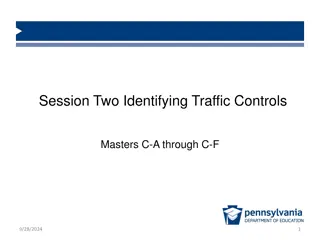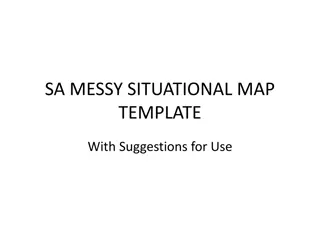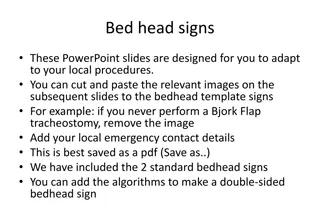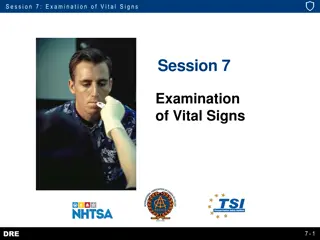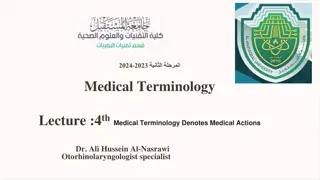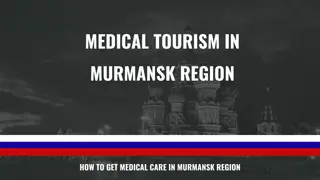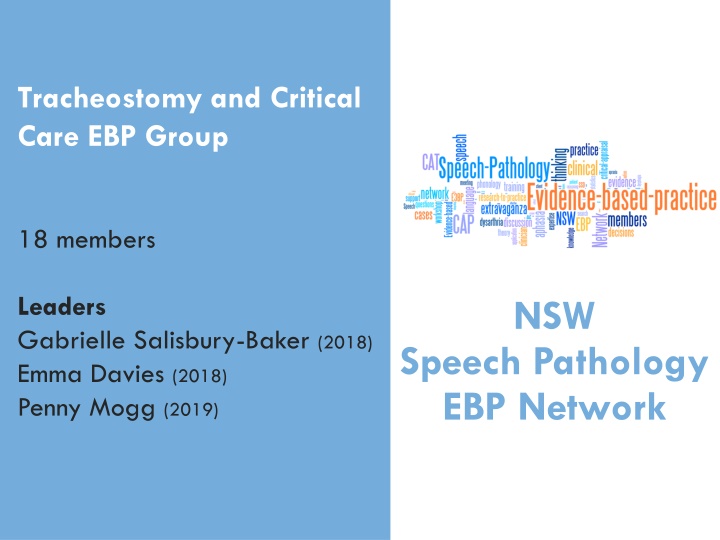
Customizable Bedhead Signs Template for Medical Procedures
Easily adapt these PowerPoint slides for bedhead signs to fit your specific local procedures. Customize by adding or removing relevant images such as tracheostomy and laryngectomy guidelines. Include emergency contact details and hospital information. Save the finalized template as a PDF for practical use. Enhance patient safety and medical communication with these informative bedhead signs.
Download Presentation

Please find below an Image/Link to download the presentation.
The content on the website is provided AS IS for your information and personal use only. It may not be sold, licensed, or shared on other websites without obtaining consent from the author. If you encounter any issues during the download, it is possible that the publisher has removed the file from their server.
You are allowed to download the files provided on this website for personal or commercial use, subject to the condition that they are used lawfully. All files are the property of their respective owners.
The content on the website is provided AS IS for your information and personal use only. It may not be sold, licensed, or shared on other websites without obtaining consent from the author.
E N D
Presentation Transcript
Tracheostomy and Critical Care EBP Group 18 members Leaders Gabrielle Salisbury-Baker (2018) Emma Davies (2018) Penny Mogg (2019) NSW Speech Pathology EBP Network
Clinical Question Does AAC assessment and intervention improve the communication effectiveness of patients in the intensive care setting?
What did we find? Authors Number of study/participants 12 studies 31 studies 12 studies 24 participants Research Design Carruthers et al. (2017) ten Hoorn et al. (2016) Finke et al (2008) Rose et al (2018) Systematic Review Systematic Review Systematic Review Prospective single group feasibility study
Summary of papers found 4 relevant papers identified as suitable for CAPing Low to medium level evidence across studies Level III-2: Carruthers et al., ten Hoorn et al., Finke et al., Level IV: Rose et al
Clinical bottom line Use of AAC intervention (communication boards, specialised talking tracheostomy, electrolarynx and high tech AAC) in nonverbal ICU patients can result in improved communication effectiveness No specific intervention was seen to be of greater benefit over another and there was no evidence that trialling AAC caused harm More robust and larger multi-site studies are needed, as well as, new innovative techniques and equipment
Implications for clinical practice Emerging research suggests use of AAC can be utilised Change could be implemented in the following ways: - Determine appropriate patient populations and document specific patient characteristics that AAC may be suitable/non suitable (e.g. level of sedation) - Training to ICU staff on AAC options - Ensuring staff are offering AAC options - Individualised bedside training
EBP group current practice Group consensus that we routinely use communication boards and verbal speech options via trache tube more than the use of an electrolarynx As identified by Finke et al, ward based education on the use of AAC and individualised training to nurses are being undertaking to ensure the use of the AAC and effectiveness of the communication.
In addition to the CAT Recent publication Zaga, Berney and Vogel (2019) SR into the feasibility, utility and safety of communication with medically ventilated ICU patients 48 studies met the inclusion criteria Developing evidence however further research warranted to guide SP-directed intervention to improve patient outcomes and experiences in the ICU.
Achievements 2020 Tracheostomy Education Day - Last ran in 2018 and attended by 40 SPs from across NSW - Additional observation half day at tertiary hospital available for rural and remote clinicians Presentations at Dysphagia Research Society and SPA National Conference - Australia wide survey regarding clinicians perspectives of impact of HFNP on swallowing
Future directions Research E3BP research currently underway on the patient perspective of the impact of HFNP on eating and drinking Membership Clinicians with recent or current experience in critical care and/or tracheostomy as per our terms of reference

